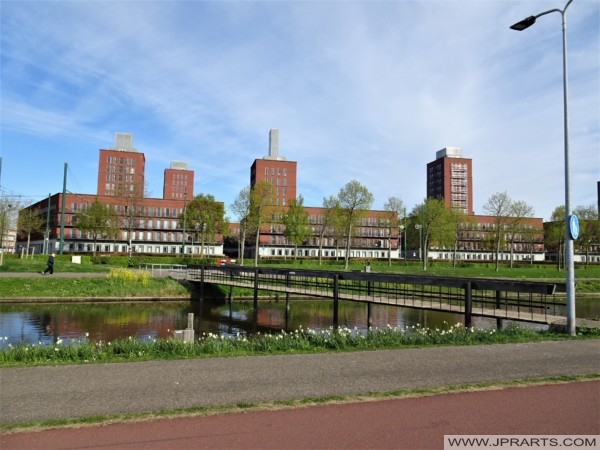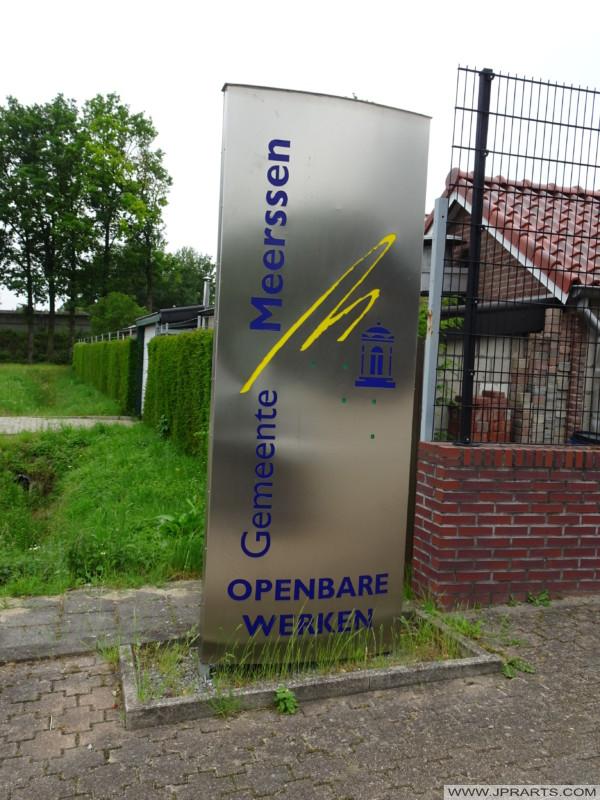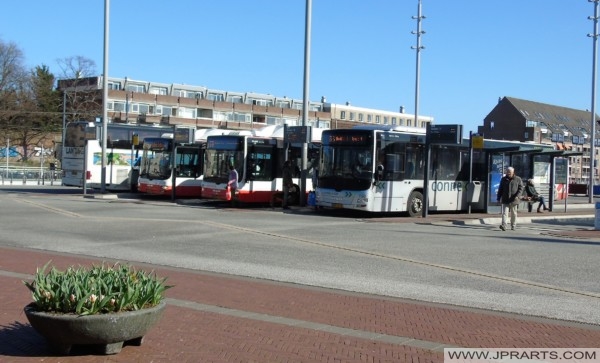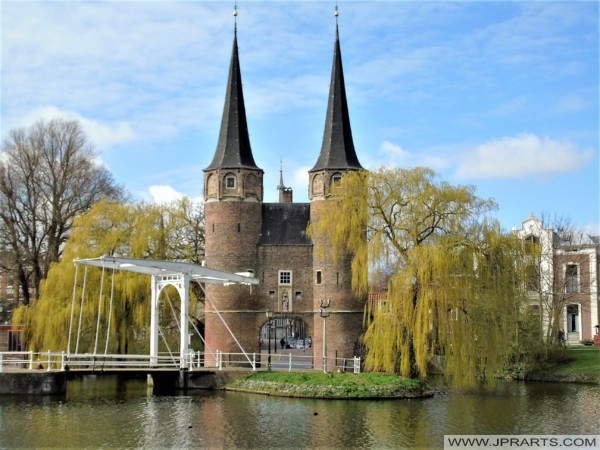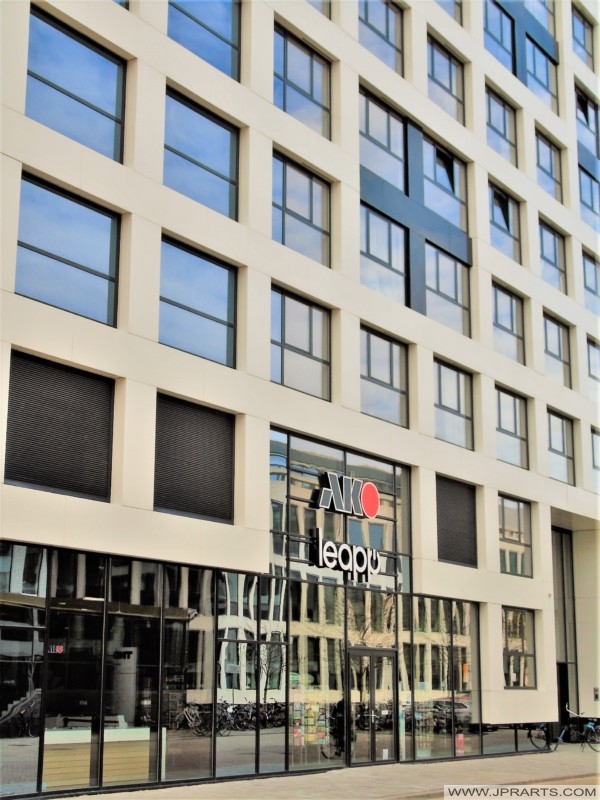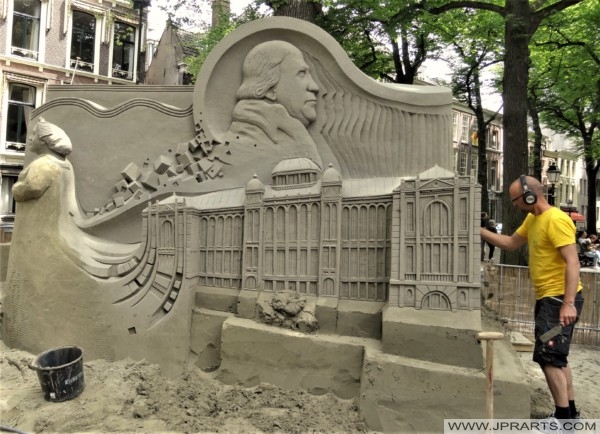Nootdorp is a village in the Dutch municipality of Pijnacker-Nootdorp. It is close to The Hague, Pijnacker and Delft. Nootdorp was an independent municipality until January 1, 2002. For financial reasons and to avoid annexation by The Hague or Delft, Nootdorp merged with Pijnacker. Most of the Vinex location Ypenburg was originally Nootdorp territory. In 2002 this was partly transferred to the municipality of The Hague. Over the years, the following places and hamlets also fell under Nootdorp administratively for some time: Vlieland, Pijnacker, Oude Leede, Oost-Meerpolder, Noukoop, Katwijkerlaan, Delfgauw, Gooland and Ruyven.
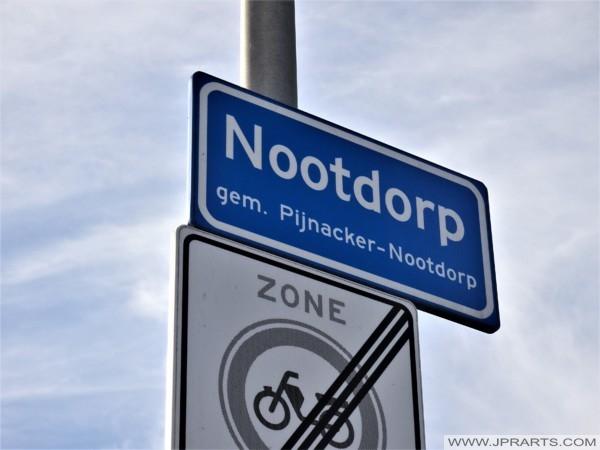
Nootdorp, The Netherlands
Nootdorp, Países Bajos
Nootdorp is first mentioned in 1281, when one speaks of the Noitdorper wech between the excavated peatland). This Nootdorperweg is probably the same as the current Veenweg. In the peat-rich area, peat was cut on both sides of the Noitdorper wech, which was mainly intended for The Hague, but also for Delft and the abbey of Loosduinen. In 1303 the first priest is appointed for the residents of the Noitdorper wech, which is then briefly referred to as Noetdorp. Administratively, the church village consisted of two lordships for quite some time: Nieuwveen and Hoogeveen. It was not until 1724 that there was mention of the Nootdorp seigniory, which was then withdrawn from “the bosom of the graves”. The Nootdorp seigniory then existed alongside those of Hoogeveen and Nieuwveen. Ecclesiastically, the three of them formed one parish. The Count of The Hague was also lord of Nieuwveen from the beginning. Most of the peat was intended for the residents of Het Binnenhof.
Nootdorp, Niederlande
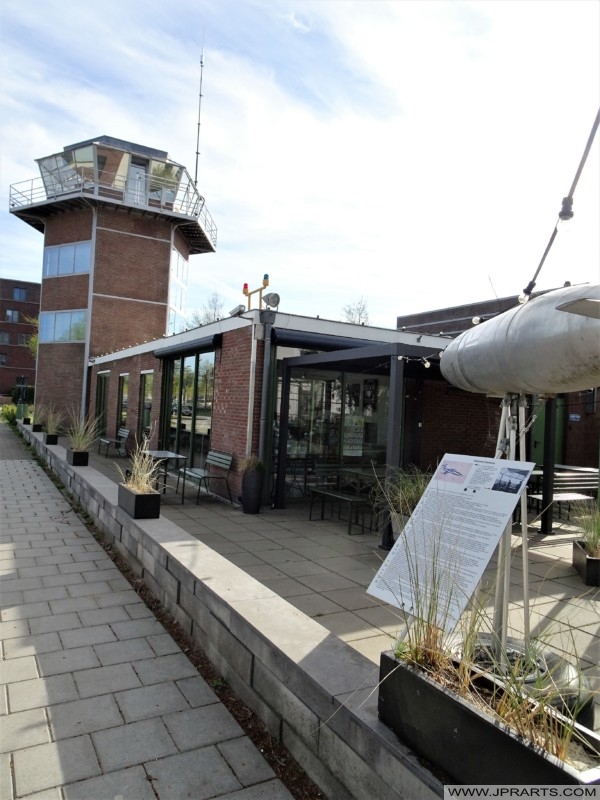
نوتدورب ، هولندا
Nootdorp remained a farming village well into the 18th century. In the mid-18th century it had about 300 inhabitants. A hundred years later, that number had doubled. The population register of 1870 has 707 inhabitants, of which 350 men and 357 women. As far as religion is concerned, there are 373 Catholics and as many Protestants.
After the Second World War, the municipality started to grow. Construction of the Groene Singel started; a design by architect and urban planner Sam van Embden. Plan West was then built in the 1960s, the Vrouwtjesland district arose in the 1970s and was built behind the town hall in the 1980s. In the 1990s, all greenhouses on Veenweg and Kerkweg were moved to the Noukoop horticultural area. At the end of the nineties, the Nieuweveen district was also built. In 2002, the construction of De Parade Shopping Center was completed. This arose on the site of the Nootdorpse Drafbaan, where the short track trotting races used to be held.
荷兰诺多普
Nootdorp, Pays-Bas
The name Nootdorp is composed of the words ‘noot’ and ‘dorp’ (= village). The Middle Dutch word ‘noot’ occurs in all older Germanic languages, such as Old High German nôz, Anglo-Saxon neát, Old North naut, Swedish nöt, Old Frisian nât, modern North Frisian nut, Danish nöd, English neat. The still older origin of the word is in the Gothic verb niutan, our enjoyment, which also includes utility. The original meaning of the word ‘nut’ was that which the land produces for living. The contemporary terms ‘need’, ‘necessity’, ‘necessary’, ‘useful’ still refer to this. In the Middle Ages, the word ‘nut’ had a twofold meaning: it could refer to the products of the land, ie grain, grass, but also wood and peat. The word was also used in some regions to denote ‘cattle’.
Ноотдорп, Нидерланды
Nootdorp, Hollanda
On the Dorpsstraat is the protestant village church with a tower from 1547. The previous church was demolished in 1894, with the exception of the tower. The new building went well: 6 months after the foundation stone was laid on October 1, 1894, by Rev. Van ‘t Hooft, the church was completely renovated and put into use again.
The Windlust mill was built in Delft in 1781 and had served there as a run, snuff and fulling mill. It was dismantled in 1885 and transported in parts to Nootdorp. There the mill was rebuilt at the intersection of the Oudeweg, Geerweg and what was then called the Stijf, the quay between the current Dwarskade area and the Dobbeplas area. Quite a few historic houses are located on the Veenweg, as well as the Bartholomeus Church. This Roman Catholic church dates from 1871 and was designed by Evert Margry. This striking point can be seen from the A12 motorway. The church is listed as a monument and was radically renovated in the period 2009-2013.
नूटडॉर्प, नीदरलैंड्स
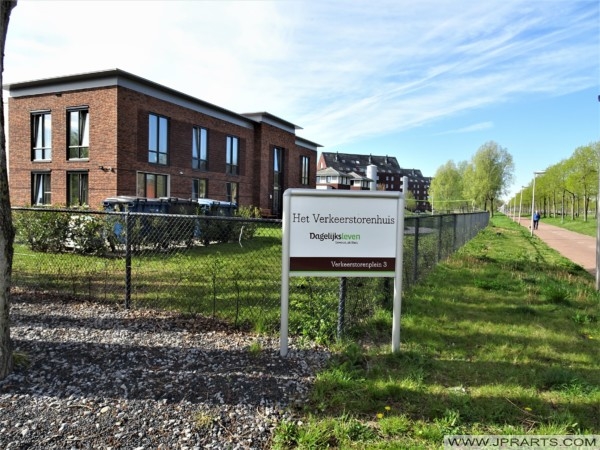
Nootdorp, Holandia
Visit Netherlands Travel to Book Flights and Hotels Easy Online
Visit the Cheap Webshop for Blu-rays, Books and DVDs



